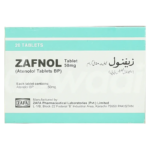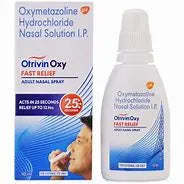Zalomycetin: A Comprehensive Overview
Zalomycetin is an antibiotic medication used to treat serious bacterial infections. It is particularly effective against a wide range of gram-negative and gram-positive bacteria. This medication works by inhibiting bacterial protein synthesis, thereby preventing the growth and multiplication of bacteria.
Indications and Usage
Zalomycetin is indicated for the treatment of acute infections caused by susceptible organisms, such as Salmonella typhi. However, it is not recommended for the routine treatment of typhoid carriers. The medication should be reserved for serious infections where less potentially hazardous therapeutic agents are ineffective or contraindicated.
Dosage and Administration
Zalomycetin is available in a sterile powder form for solution, typically infused directly into the vein by a healthcare professional. The dosage may vary, but it is usually administered 2, 3, or 4 times a day, as directed by the healthcare provider. It is crucial to follow all instructions carefully to ensure the medication is used effectively and to avoid the development of antibiotic resistance.
Important Considerations
- Allergies: Do not use Zalomycetin if you are allergic to chloramphenicol.
- Resistance: Misuse or overuse of Zalomycetin can lead to the growth of bacteria that are resistant to the medication, making it less effective in the future.
- Sodium Content: Each gram of Zalomycetin sodium succinate contains approximately 52 mg (2.25 mEq) of sodium.
Microbiology and Mechanism of Action
Zalomycetin is a broad-spectrum antibiotic originally isolated from Streptomyces venezuelae. It exerts a bacteriostatic effect on bacteria by interfering with the transfer of activated amino acids from soluble RNA to ribosomes. Bacteriological studies should be performed to determine the causative organisms and their susceptibilities to Zalomycetin.
By understanding the indications, dosage, and mechanisms of action, you can make informed decisions about the use of Zalomycetin in treating bacterial infections. Always consult with a healthcare professional for specific guidance on its use.







Reviews
There are no reviews yet.